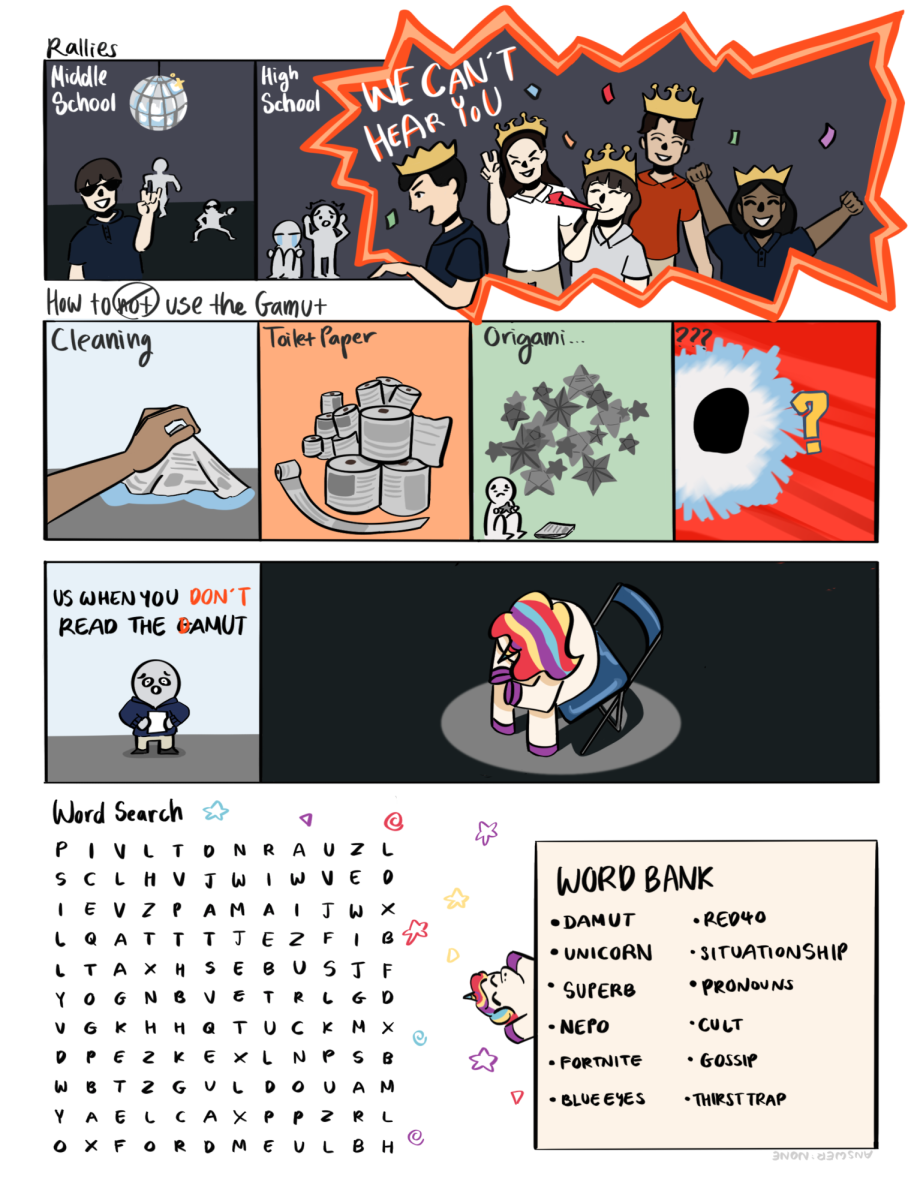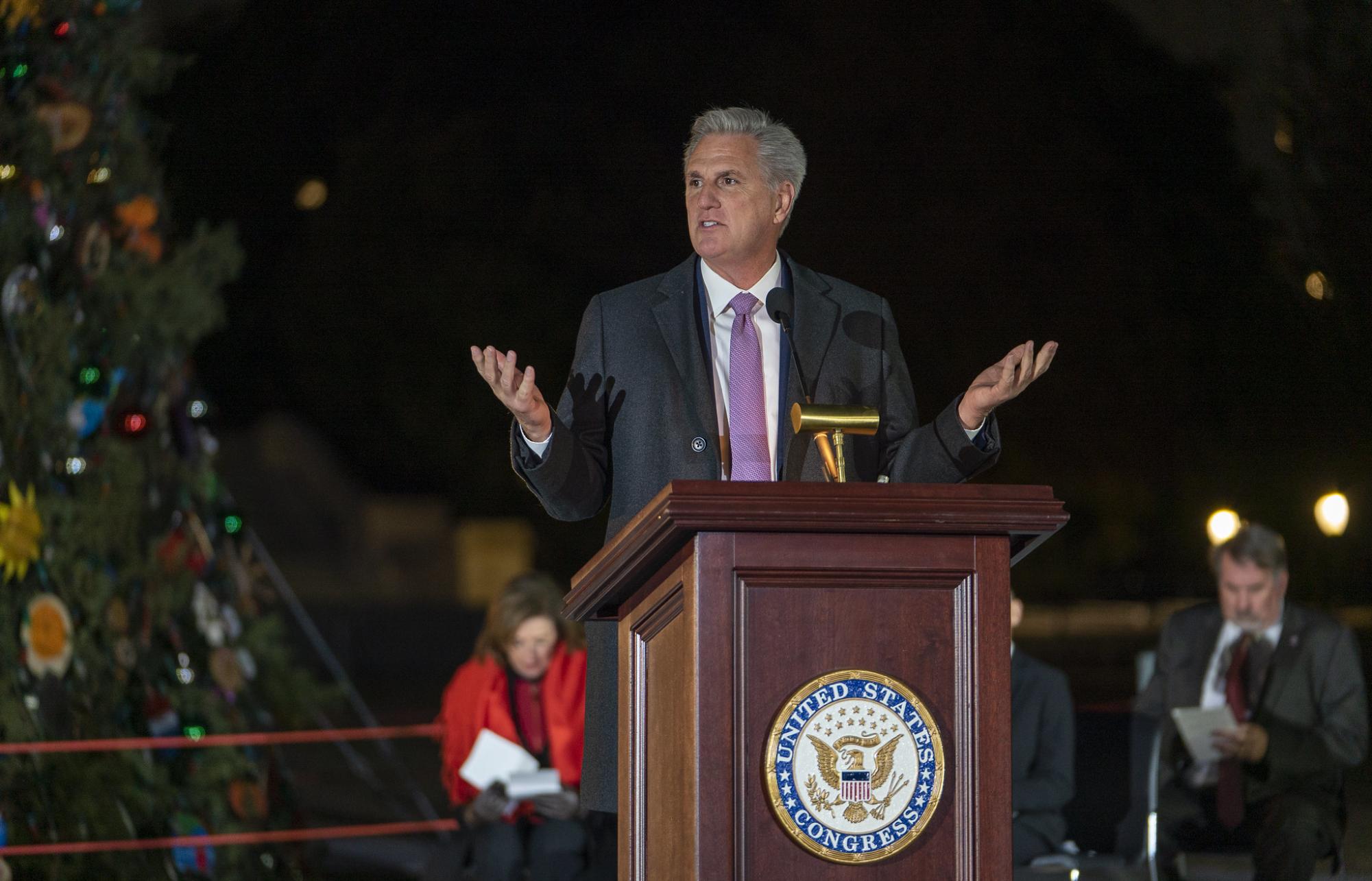Failure to negotiate funding bills for the U.S. federal government leaves Congress just three weeks until it must navigate through the partisan divide and replace the temporary stopgap spending measure with a comprehensive plan for the new fiscal year. With the Nov. 17 deadline approaching, the reelection of a new Speaker of the House has further condensed Congress’s ability to approve legislation.
Each year, Congress must pass 12 bills to outline funding for each federal agency before Oct. 1. Failure to approve these bills by the House, Senate, and the President automatically triggers a government shutdown, where federal agencies cease most operations until Congress takes action.
This year, political conflict between the House and Senate coupled with the debt ceiling crisis has nearly led to a government shutdown. In May, former Speaker of the House Kevin McCarthy made the deal to suspend the federal debt limit until Jan. 2025 and place spending caps on certain governmental funds. Although passed through a bipartisan vote, hard-right conservatives have opposed the deal and pursued deeper cuts to federal funding.
Weeks of political tension shut down McCarthy’s proposal for bills providing $6 billion each for aid in Ukraine and natural disaster relief in the U.S. Even as he proposed multiple versions of his original proposition, he failed to get the support of Republican holdouts from the House.
“We are at this point because Kevin McCarthy made multiple contradictory promises about the budget top line to different groups of people,” U.S. Representative Matt Gaetz said in an interview with CNN, criticizing McCarthy’s decisions.
Dissension from his own party has led to the ouster of McCarthy from his seat as House Speaker on Oct. 3. The following two weeks were spent finding a replacement for his position, while the House halted all work for appropriation bills. On Oct. 25, Louisiana Representative Mike Johnson was elected to fill the empty seat, ending debates between House GOP members and helping resume the federal process.
“You’re going to see an aggressive schedule in the days and weeks ahead,” Johnson told reporters at Capitol Hill after his election. “You’re going to see Congress working as hard as it’s ever worked, and we are going to deliver for the American people.”
Currently, the measure keeping Congress running is the temporary solution provided on Sept. 30: a 71-page stopgap bill crafted by McCarthy as a last resort. A compromise to both the House and the Senate, the bill involves natural disaster aid for the U.S., but omits funding for Ukraine.
As the House resumes funding decisions, debates circulate around upcoming strategies. To avoid another shutdown, Johnson will have to craft another stopgap resolution to extend governmental operations until Jan. 2024. With hard-right Johnson taking on this critical role, it seems probable that the House will replace Ukrainian funding with steeper cuts and policy changes.
Although the funding crisis has been temporarily relieved, the government will have to act quickly to garner House and Senate consensus and push bipartisan negotiations for a final verdict on Congress’s twelve bills by Nov. 17.































































